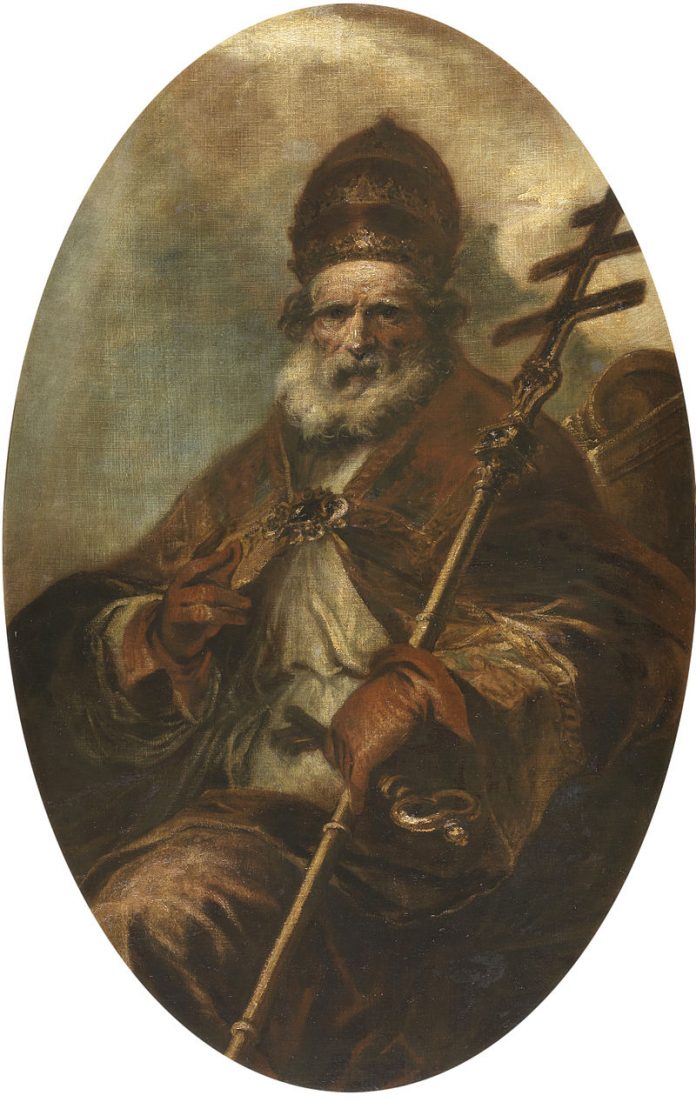Pope Saint Leo the Great, who reigned from 440 until his death on this day in 461, was known for many things. With his wise mind, his magnanimous soul and zeal, he helped solidify the papacy, and the role of the ‘Holy Father’, which would be further clarified by subsequent pontiffs, not least Gregory, also called ‘the Great’, who reigned in the next century just before the inaptly-termed ‘dark ages’ (+604).
As Leo put it in his usual clear and direct manner: The care of the universal Church should converge towards Peter’s one seat, and nothing anywhere should be separated from its Head
Pope Leo, with divine help, in 452 turned back Attila the Hun from razing Rome to the ground, thus saving the eternal city and the centre of the universal Church.
Leo also saved the Church’s teaching on Christ, wrangled over in Councils and synods since the last Apostle went to his reward. It was at the Council of Chalcedon in 451 that Leo presented his famous ‘Tome’ which solidified for all time how the one divine Person of Christ existed in His two natures. In the words of the Council which adopted Leo’s teaching:
We confess that one and the same Christ, Lord, and only-begotten Son, is to be acknowledged in two natures without confusion, change, division or separation. the distinction between the natures was never abolished by their union, but rather the character proper to each of the two natures was preserved as they came together in one person (prosopon) and one hypostasis.
The Incarnation of the Second Person of the Trinity is the greatest, most significant event ever to have occurred in the history of Man, so it would profit us greatly to ponder this mystery anew as we approach the end of this liturgical year, then into the reflective days of Advent, as we await the Christ child once again.










